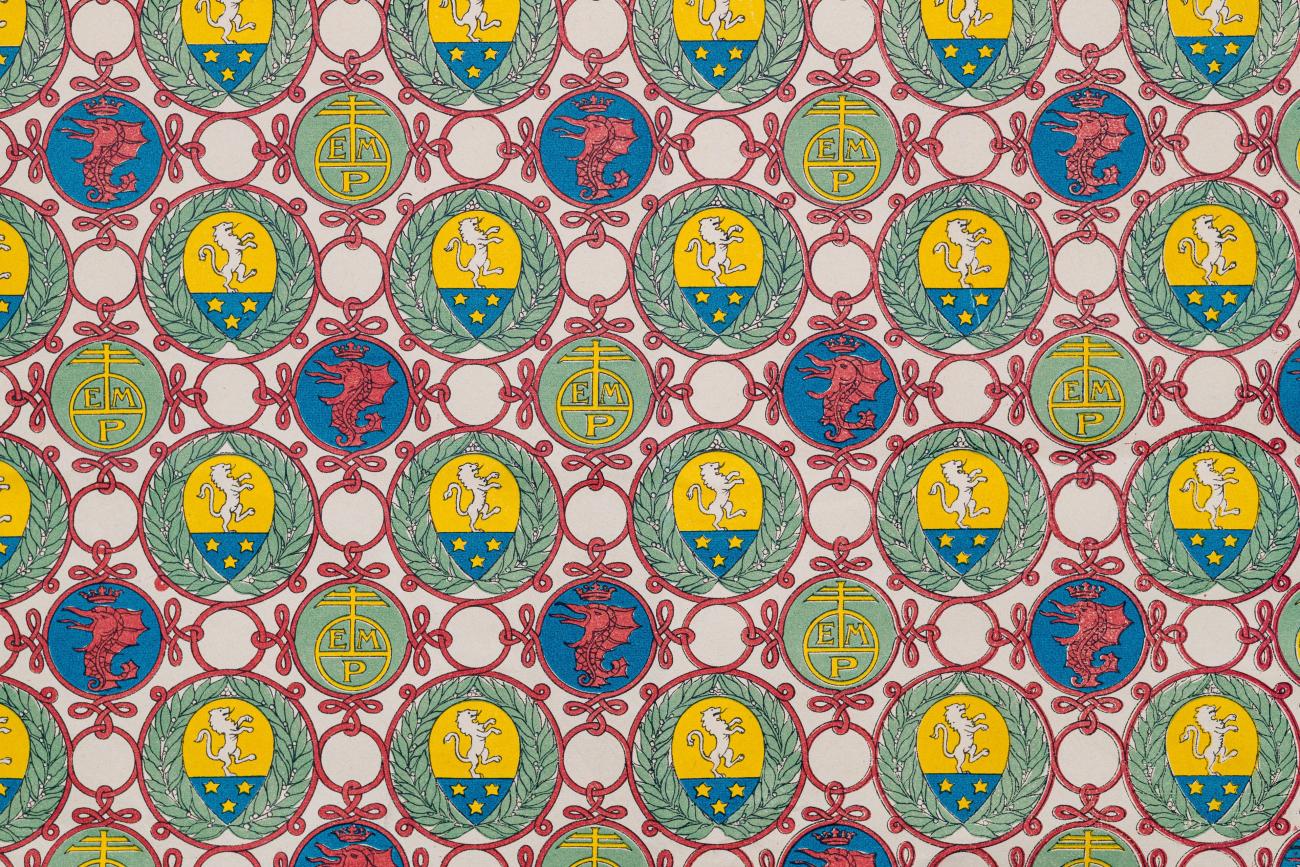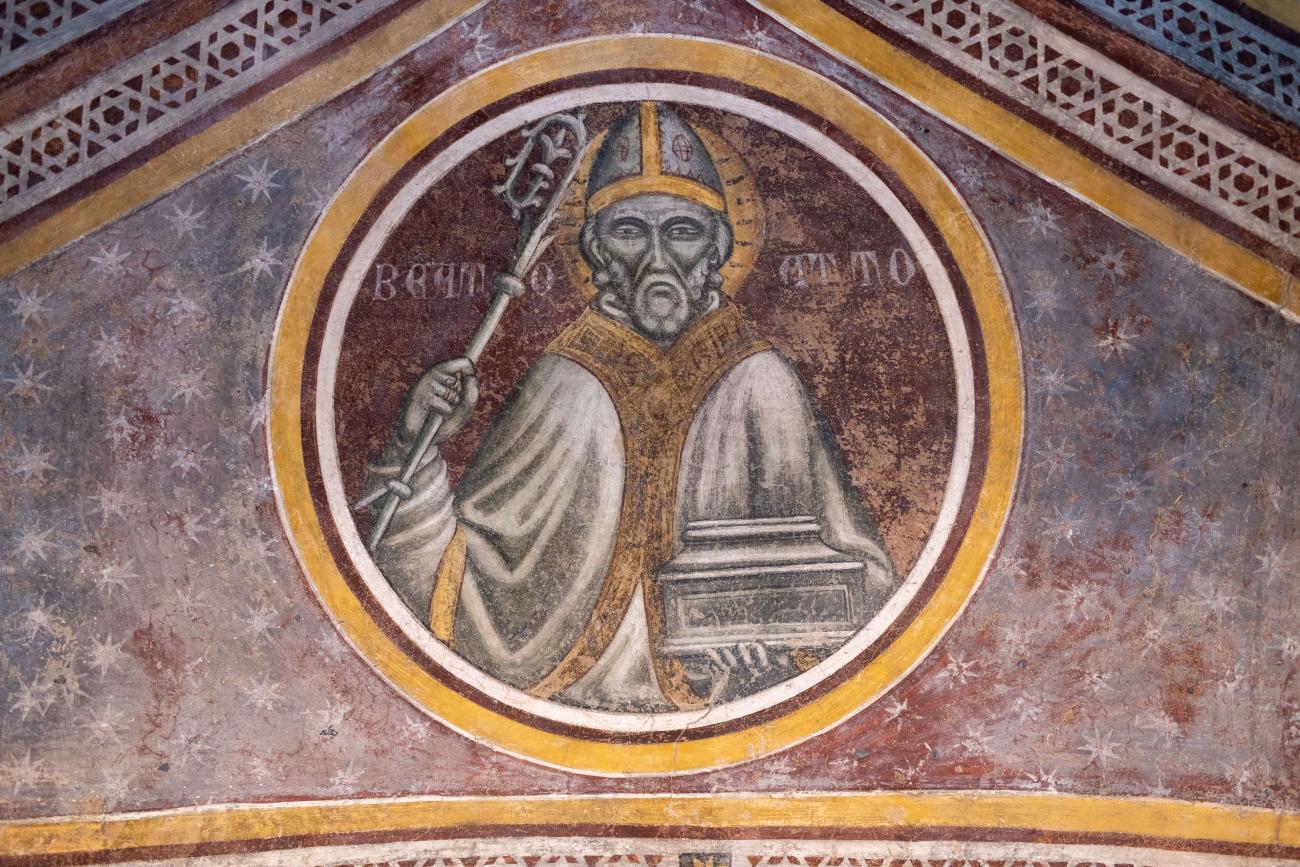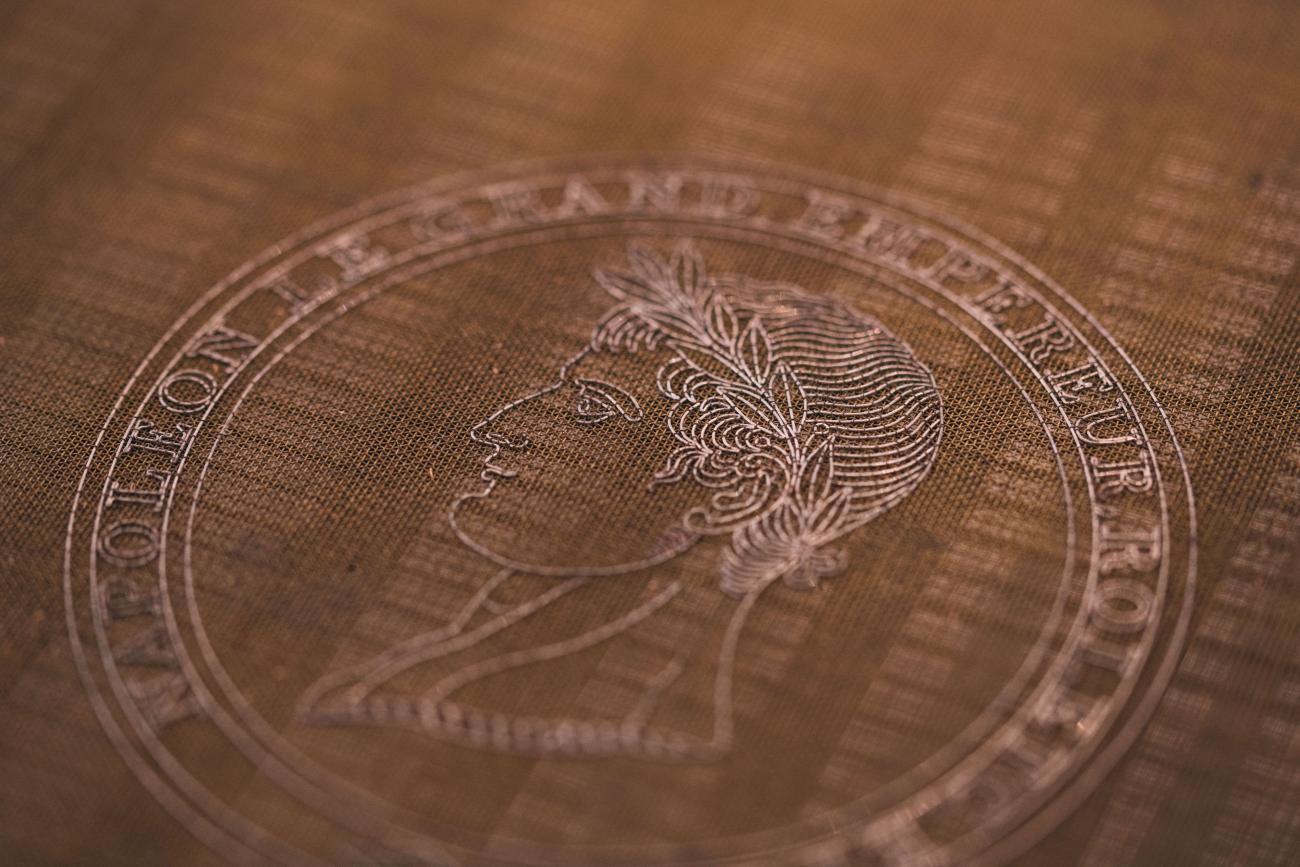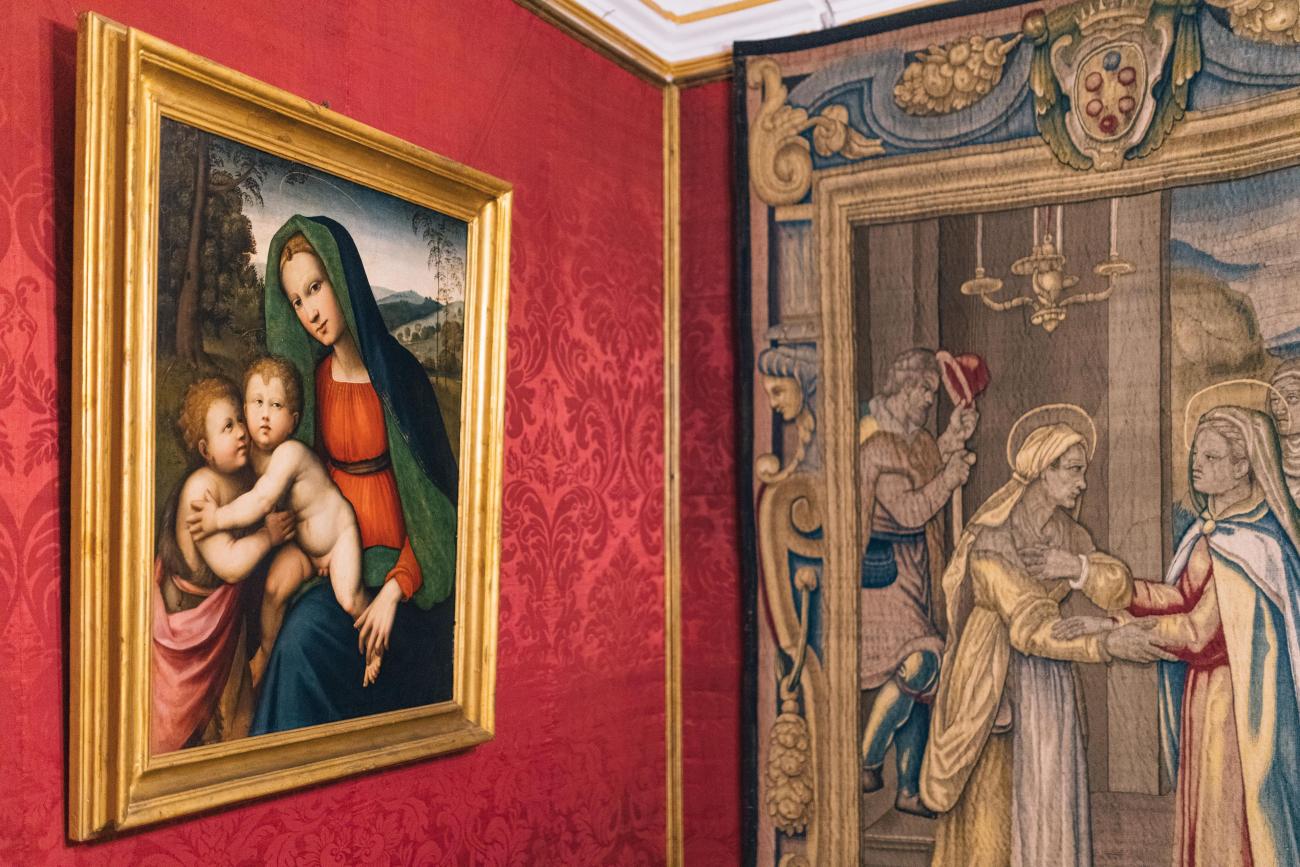Quante storie potrebbero raccontare le nostre opere se solo potessero parlare… Potrebbero dirci perché sono state create e da chi, o in che modo.
A quante domande risponderebbero… Chi furono le persone che le commissionarono? Per quale luogo furono pensate? Come hanno attraversato tutti questi secoli per arrivare fino a noi?
A ben pensarci però, ci parlano, eccome se ci parlano, anche quando sembra che restino in silenzio dentro i musei, le chiese, i palazzi. Lo fanno attraverso le immagini, i simboli, gli stili, le tecniche. E noi le interpretiamo incrociando memorie storiche, fonti letterarie, analisi critiche e restauri: il linguaggio dell’arte è in continua evoluzione, è ricco di nuove scoperte e sorprese che raccontano la meravigliosa storia dell’esperienza umana.
Ci sono storie e Storie. Dove incontrarle?
Nel Museo Civico d’arte antica di Pistoia c’è una pala d’altare del Duecento dove sono raffigurate le storie di San Francesco. Fu dipinta pochi decenni dopo la sua morte, quando la memoria era ancora viva nei suoi coetanei. Vederla oggi è come tornare indietro nel tempo in cui ad Assisi nacque un uomo il cui pensiero rivoluzionò il corso della storia occidentale.
Nel Museo dello Spedale del Ceppo di Pistoia troverete le tracce della straordinaria vicenda di Leonardo Bonafede, lo spedalingo che agli inizi del Cinquecento commissionò uno dei nostri più grandi capolavori, uno straordinario fregio in terracotta policroma, oggi visibile sulla sua facciata.
L’Antico Palazzo dei Vescovi è un intreccio di storie che si rivelano a chi attraversa i suoi ambienti monumentali, dove affiorano le tracce di un passato che ci guarda da lontano.
Il Museo Civico di Pescia accoglie alcune tavole a fondo oro databili tra il XIII e il XV secolo. Sono arrivate nei primi anni del Novecento, direttamente dalla Galleria degli Uffizi. L’Archivio Storico delle Antiche Cartiere Magnani, uno dei più importanti archivi d’impresa in Italia, è oggi esposto al Museo della Carta e conserva documenti compresi tra il XVIII secolo e i primi anni del Novecento.
I musei della provincia di Pistoia sono allestiti in edifici storici: i palazzi de’ Rossi, Buontalenti e Fabroni a Pistoia e palazzo Galeotti a Pescia. Sono antiche residenze nobiliari che hanno vissuto varie vite e che oggi ospitano e dialogano con manufatti artistici, mantenendo viva la relazione fra passato e presente. Non solo capolavori, ma anche opere cosiddette minori, piccoli tesori nascosti che, se ben osservati, diventano enormi.
Nei musei della provincia di Pistoia non si incontrano soltanto le storie, fra le più diverse e attraenti, ma anche la Storia. La grande storia della nostra civiltà che emerge dalle opere d’arte come una finestra aperta sul passato: dai dipinti ottocenteschi della collezione Puccini nel Museo Civico d’arte antica di Pistoia ai lavori della collezione Ansaldi nel Museo Civico di Pescia, dalle collezioni del Novecento di Palazzo de’ Rossi e Palazzo Fabroni alle tante memorie custodite negli ambienti degli altri edifici monumentali.
La storia non è un concetto lineare, è piuttosto una sovrapposizione di momenti del presente. Da questo punto di vista le opere d’arte sono tutte senza tempo e si rivelano nello spazio soltanto grazie al nostro sguardo. Non avrebbero vita senza la nostra partecipazione. Andate a trovarle, vi aspettano per narrarvi racconti pieni di meraviglia e di stupore.













